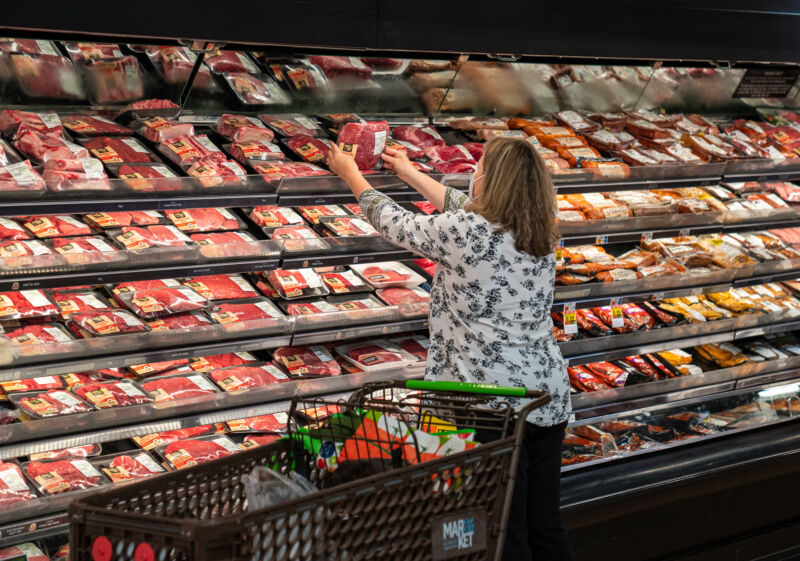Surprising link found between niacin and risk of heart attack and stroke
Ars Technica » Scientific Method 2024-02-26

Enlarge / A shopper looks at a meat display on June 20, 2022 at the Market 32 Supermarket in South Burlington, Vermont. Niacin can be found in foods such as red meat, poultry, fish, fortified cereals and breads, brown rice, nuts, legumes, and bananas. (credit: Getty | Robert Nickelsberg)
In the early 20th century, the deadliest nutrient-related disease in US history ravaged the American South. Pellagra, a disease caused by a deficiency in niacin and/or tryptophan, is marked by the four "D's": diarrhea, dermatitis that leads to gruesome skin plaques, dementia, and death. At its peak during the Great Depression, pellagra killed nearly 7,000 Southerners a year. Between 1906 and 1940, researchers estimate that the epidemic struck roughly 3 million Americans, killing around 100,000.
The deadly epidemic led to voluntary—and eventually mandatory—fortification of wheat and other cereals with niacin (aka Vitamin B3). By the middle of the century, pellagra nearly vanished from the US. But, decades later, the public health triumph may be backfiring. With Americans' diets more reliant than ever on processed, niacin-fortified foods, the average niacin intake in the US is now nearing what's considered the tolerable upper limit of the nutrient, according to a federal health survey. And an extensive study recently published in Nature Medicine suggests that those excess amounts of niacin may be exacerbating cardiovascular disease, increasing risks of heart attacks, strokes, and death.
The study, led by Stanley Hazen, chair of Cardiovascular and Metabolic Sciences at Cleveland Clinic's Lerner Research Institute, connected high blood levels of a breakdown product of niacin—and to a lesser extent, tryptophan—to an elevated risk of major adverse cardiovascular events (MACE). And this elevated risk appears to be independent of known risk factors for those events, such as high cholesterol.